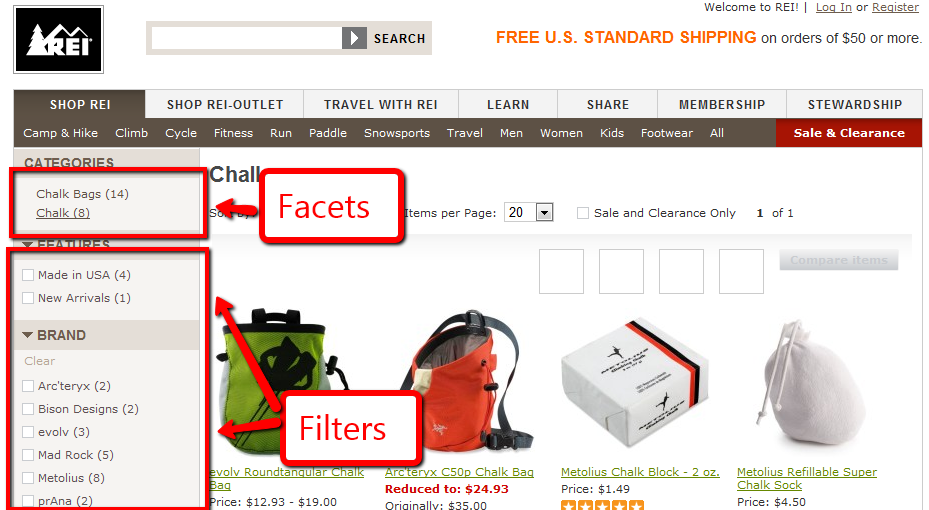E-commerce websites or very large websites are facing issues that classic blogs or websites don’t know. Actually, organizing their internal structure is more complicated than just organizing your content in categories, funnels, articles, internal linking and avoiding duplicate content issues for instance. If you own millions of pages with some of them where the only difference is the colour, you cannot indexed and ranked them all well.
It is clearly impossible to make all these pages unique to avoid duplicate content if for example your have:
http://www.mywebsite.com/trousers/brand-blue-legging
http://www.mywebsite.com/trousers/brand-black-legging
http://www.mywebsite.com/trousers/brand-white-legging
http://www.mywebsite.com/trousers/brand-red-legging
Let’s face it. You are not going to make all of these pages unique in their content and ranked well, that is insane and quite impossible. So how to get as many pages as possible index and rank well without getting penalized by Google? Facets and filters are one of the solutions.
[Case Study] Improving rankings, organic visits and sales with log files analysis
What is the difference between facets and filters?
Facets are followable by search engines, which means they are indexed, and are sidebar links. They reach other categories that contain content in relation with specific rankable keywords. They help the visitor to narrow, sort and find products more easily. As they are indexed, you must focus on creating unique content for each page.
Filters, on the other hand, are not indexable because they use AJAX or other tricks to hide from the spiders to avoid duplicate content penalties.
For instance, on a e-commerce site, you may want to index two different kind of bags but not the different features such as brands, colours or size. That is where you can implement facets that filter the different products but do not index them.
The website JohnDoherty gives the following example to illustrate facets and filters:

Are there alternative solutions?
It exists different options to not index your filters.
- Canonical tags: the rel=canonical takes you back to the main page where your product is displayed so that it only shows the products corresponding to the category that the visitor has reached. It helps eliminating two different pages receiving link equity through an internal anchor text but it still permits them to filter the specific product.
- AJAX/Scripts: This solution is quite the best one as it only indexes the content that matters for Google. For more insights about this technique you can check out the great article of Mike Pantaliano about building faceted navigation that does not suck
- On-page filtering: This is another solution to filter your results but not in the common sense. Let me explain. You can filter your product on a product-level basis and not on a page-basis which consists in using your shopping checkout option to let your users pick their size or colours manually when they check out.

